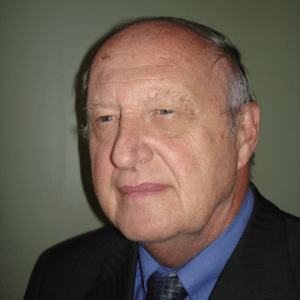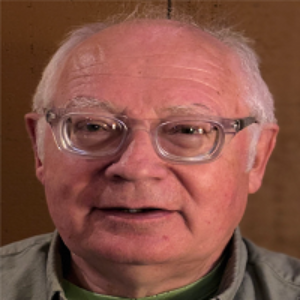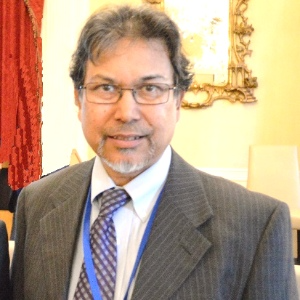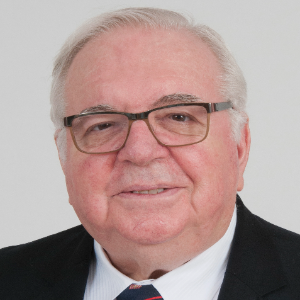Structural materials, as opposed to electronic, magnetic, chemical, or optical properties, are materials used or studied primarily for their mechanical properties. This can include a material's elastic or plastic response to an applied force, as well as its hardness and strength. Materials with the primary aim of transmitting or supporting a force are classified as structural materials. Transportation (plane and automobiles), construction (buildings and roads), bodily protection (helmets and body armour), energy production (turbine blades), and other smaller structures such as those used in microelectronics are all possible applications. Metallic, ceramic, polymeric, or a combination of these materials can be used as structural materials.
Metallurgy is the science of metals and how it is applied to the production of metal components. The science and technology of metals and alloys is known as metallurgy. Metallurgy was once considered an art rather than a science, but by the mid-nineteenth century, massive metallurgical factories had been created (based on empirical relations, trial and error, intuition, etc.) and successfully functioned. Metallurgy has evolved as a science and has become more predictive during the last 150 years. Metallurgy is the study of the physical and chemical behaviour of metallic elements, their intermetallic compounds, and their mixes, which are referred to as alloys, by material scientists and material engineers.
- Traditional Metallurgy
- Metallurgy of Bridges
Metalworking processes - Alloys
- Extraction Procedures
- Process Metallurgy
- Physical Metallurgy
- Mechanical Metallurgy

Ephraim Suhir
Portland State University, United States
Thomas J Webster
Interstellar Therapeutics, United States
Robert Buenker
University of Wuppertal, Germany
Will Skene
Montreal University, Canada
Valeriy A Buryachenko
Micromechanics & Composites LLC, United States
Anis Rahman
Applied Research & Photonics, Inc, United States
Will Skene
Montreal University, Canada
Robert Guidoin
Laval University, Canada
Robert Buenker
University of Wuppertal, Germany


Title : Introducing picotechnology: An exciting extension of nanotechnology
Thomas J Webster, Interstellar Therapeutics, United States
Title : The failure of both einsteins space-time theory and his equivalence principle and their resolution by the uniform scaling method
Robert Buenker, University of Wuppertal, Germany
Title : Material challenges with proton conducting ceramics for intermediate temperature hydrogenation/dehydrogenation applications
Saheli Biswas, Commonwealth Scientific and Industrial Research Organisation, Australia
Title : Porphyrin layers at metal-electrolyte interfaces monitored by EC-STM and CV
Marek Nowicki, University of Wroclaw, Poland
Title : Color control of electrochromes by structural modification
Will Skene, Montreal University, Canada
Title : Make experiments more efficient: Two simple and powerful approaches. Mg2Si growth for photovoltaic and thermoelectric applications
Alexander S Gouralnik , Institute of Automation and Control Processes, Russian Federation
Title : Reconfigurable antenna structures using tunable materials
Nasimuddin, Institute for Infocomm Research, Singapore
Title : (0, 1 and 2) Dimensional hybrid architecture of the synthesized materials leads the smart sensing of the gaseous species at low/room temperature
D R Patil, North Maharashtra University, India
Title : Enhanced grain refinement, precipitates regulation, and improved mechanical properties of cast Al-Li alloy by Ti addition and heat treatment
Lixiong Shao, Shanghai Jiao Tong University, China
Title : Broadband sound attenuation of shape memory polymer with triangular-honeycomb unit cell metamaterial structural design
Musaab Ejaz, Universiti Teknologi PETRONAS (UTP), Malaysia